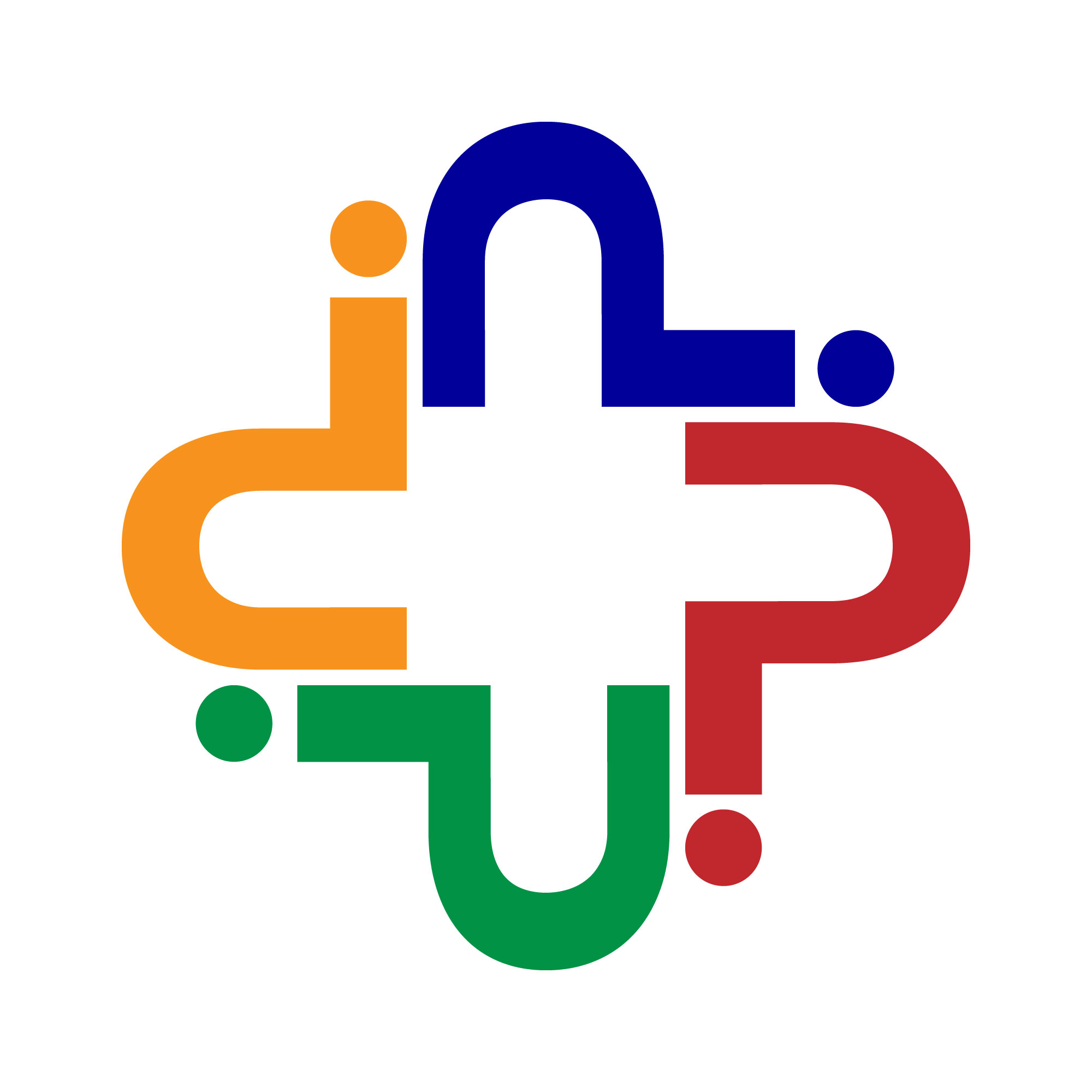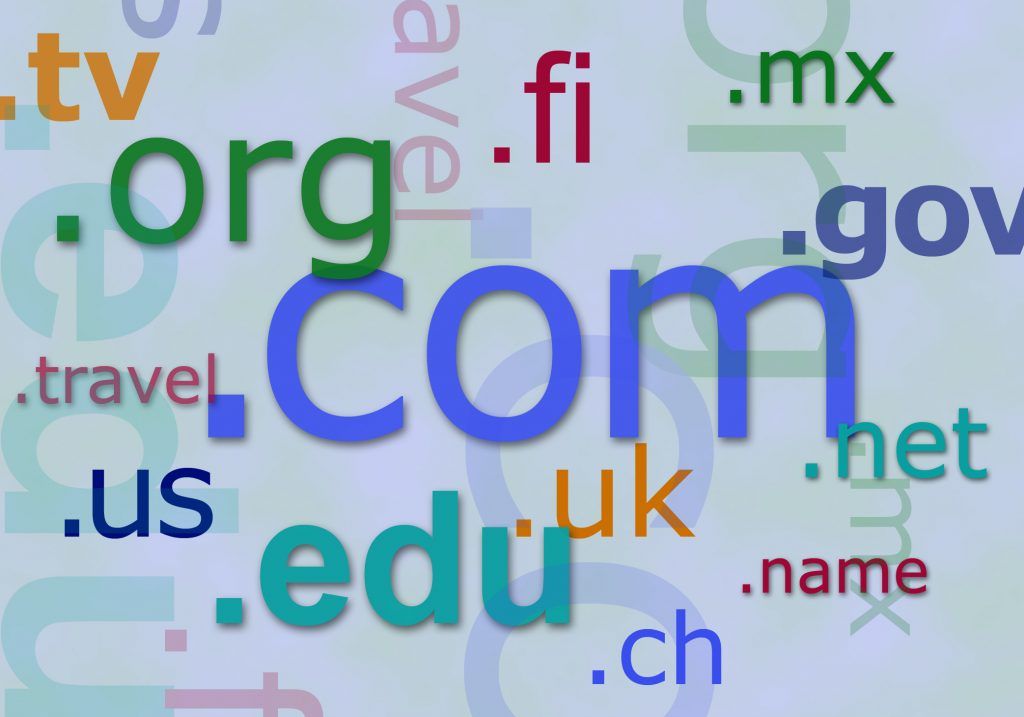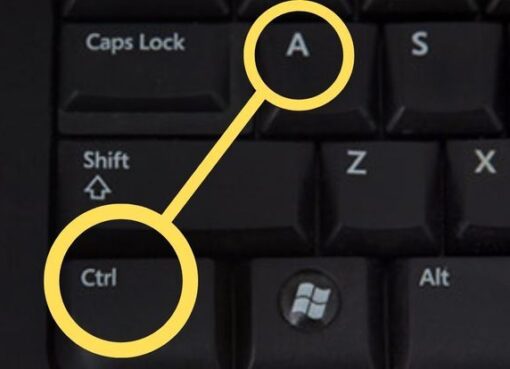The internet, often described as a vast digital wilderness, is populated by countless websites, services, and resources. Navigating this expansive landscape would be impossible without a system that provides structure and organization. This is where domains come into play. In this comprehensive guide, we will embark on a journey through the intricate world of domains, unraveling their significance, exploring their history, dissecting their components, and delving into the crucial matter of domain security. By the end of this exploration, you will have a deep understanding of what domain names are, how they function, and how to safeguard them in an ever-evolving digital realm.
What is a Domain?
At its core, a domain is a digital address. It’s a human-readable label that enables users to locate and access resources on the internet. Think of it as the equivalent of a postal address for the digital world. Each time you enter a domain into your web browser’s address bar, you are effectively sending a request to a specific location on the internet, and the domain serves as your guide.
Domains simplify the otherwise complex task of connecting to web servers scattered across the globe. They abstract the intricate network of servers and routing protocols into a user-friendly format. Without domains, accessing websites or online services would require users to memorize and input lengthy sequences of numbers known as IP addresses, which is both impractical and error-prone.
What is a Top-Level Domain (TLD) and Second-Level Domain (SLD)?
Domains are not uniform; they are structured into two main parts: the Top-Level Domain (TLD) and the Second-Level Domain (SLD). To gain a deeper understanding, let’s examine these components more closely.
Top-Level Domain (TLD):
The TLD is the highest level in the domain hierarchy. It is the portion of the domain name that appears after the last dot (e.g., “.com,” “.org,” “.net”). TLDs serve as a means of categorization, classifying websites based on their purpose, origin, or specific criteria. Some TLDs, such as “.gov” and “.edu,” are reserved for government and educational institutions, respectively, while others like “.io” have gained popularity among tech startups.
Second-Level Domain (SLD):
The SLD is the primary part of a domain name that bestows its unique identity. It appears before the TLD and is typically chosen by the owner of the domain. In the domain “example.com,” “example” is the SLD. SLDs are often reflective of the content or purpose of the associated website. For instance, “amazon.com” has “amazon” as its SLD, aligning with its identity as an online marketplace.
What Was the First Domain?
To appreciate the significance of domains, it’s worth acknowledging their origins. The first domain ever registered on the internet was “symbolics.com.” This pioneering domain was officially registered on March 15, 1985, by Symbolics, Inc., a Massachusetts-based computer manufacturer.
The registration of “symbolics.com” marked a pivotal moment in the history of the internet, as it symbolized the beginning of the commercialization of the digital realm. It was the precursor to the vast and diverse domain landscape we encounter today.
Who Manages Domain Names?
The administration and management of domain names involve a complex ecosystem comprising various organizations and entities, each with its own role and responsibilities. Here are the key players:
1. ICANN (Internet Corporation for Assigned Names and Numbers):
ICANN is a nonprofit organization with a global mandate to oversee and coordinate critical aspects of the internet’s infrastructure, including the domain name system (DNS). Among its responsibilities are the allocation of IP addresses, management of TLDs, and the overall governance of the DNS.
2. Domain Registrars:
Domain registrars are accredited entities authorized by ICANN to sell domain names to the public. They act as intermediaries between domain registrants (individuals or organizations seeking to register domains) and the domain registry. Registrars offer a range of services, including domain registration, management, and renewal.
3. Domain Registries:
Domain registries are responsible for maintaining and operating the databases that contain domain name registrations within specific TLDs. For instance, Verisign manages the “.com” and “.net” registries, ensuring the stability and security of these TLDs.
4. Domain Registrants:
Registrants are the end-users who purchase and hold domain names for their websites or online services. They have the rights to use the domain for a specified period, usually renewable on an annual basis. Registrants bear the responsibility of ensuring that their domain information is accurate and up to date.
What is the Difference Between a Domain Name and a URL?
While domain names and URLs are closely intertwined, they serve distinct purposes in the digital landscape.
Domain Name:
– A domain name is a human-readable label that identifies a specific location on the internet.
– It typically consists of an SLD and a TLD (e.g., “example.com”).
– Domain names form the foundation of the DNS, acting as user-friendly aliases for IP addresses.
URL (Uniform Resource Locator):
– A URL is a complete web address that encompasses multiple components:
– Protocol: It specifies the method used to access a resource (e.g., “http://” or “https://”).
– Domain Name: This is the web address, often including the “www” subdomain (e.g., “www.example.com”).
– Path: The path identifies the specific resource or location on the web server (e.g., “/page1”).
– Query and Fragment: These components may contain additional information or instructions (e.g., “?search=term” or “section2”).
In essence, a domain name serves as a fundamental element within a URL, providing a user-friendly means of addressing websites and online resources.
What Are the Parts of a Domain Name?
A domain name, though seemingly simple, comprises several distinctive parts, each with its own purpose and significance:
1. Subdomain: This is an optional prefix that can be added to a domain to further categorize or organize content. For instance, in “blog.example.com,” “blog” is the subdomain.
2. Second-Level Domain (SLD): The SLD is the core component of a domain name, conferring its unique identity and often mirroring the website’s content or function. In “example.com,” “example” is the SLD.
3. Top-Level Domain (TLD): The TLD is the highest level in the domain hierarchy and offers insights into the website’s type or origin. TLDs include familiar ones like “.com” and “.org” as well as country-code TLDs like “.uk” (United Kingdom) and “.jp” (Japan).
4. Domain Name System (DNS) Suffix: While less commonly seen, DNS suffixes serve specific purposes within certain networks, assisting in the resolution of internal domain names.
Each part of a domain name collaborates to create a unique address that directs users to their desired online destinations.
How to Keep a Domain Name Secure
Ensuring the security of your domain name is paramount, as it represents your digital identity and plays a pivotal role in your online presence. Protecting your domain involves several best practices:
1. Choose a Reputable Registrar:
– Begin by selecting a reputable domain registrar with a proven track record of security.
– Verify that the registrar offers robust security features, including two-factor authentication (2FA).
2. Create Strong Passwords:
– Craft a complex, unique password for your domain registrar account.
– Avoid easily guessable information like common words, names, or birthdates.
3. Enable Domain Locking:
– Many registrars offer domain locking services, which prevent unauthorized transfers or alterations to your domain settings.
– Activate domain locking to add an extra layer of protection.
4. Regularly Monitor Your Domain:
– Periodically review your domain’s WHOIS records to ensure they remain accurate and up to date.
– Consider using domain monitoring services to receive alerts regarding any changes to your domain’s status.
5. Timely Domain Renewal:
– Stay vigilant about renewing your domain registration before it expires. Lapses can open the door to domain hijacking.
6. Implement DNSSEC:
– DNSSEC (Domain Name System Security Extensions) enhances domain security by digitally signing DNS data. This helps thwart DNS spoofing attacks and enhances trust in your domain’s integrity.
7. Protect Your Email Account:
– Since email is often used for domain-related communications, securing your email account is vital.
– Utilize strong, unique passwords for your email accounts and enable 2FA.
8. Exercise Caution with Domain Transfers:
– If you decide to transfer your domain to a different registrar, follow established procedures and validate the legitimacy of any transfer requests.
9. Stay Updated and Patch:
– Keep your website and server software up to date by applying security patches regularly. This reduces vulnerabilities and potential risks.
10. Educate Your Team:
– If you have a team responsible for managing your domain, ensure that they are well-informed about domain security best practices.
In summary, safeguarding your domain name is crucial for maintaining your online presence and protecting your digital assets. By adhering to these security measures, you can minimize risks and enhance the resilience of your domain in the ever-evolving digital landscape.
Conclusion:
Domains are the linchpins of the internet, acting as the navigational aids that guide us through the intricate web of online resources. Understanding the nuances of domains, from their structural components to their governance and security, is essential for anyone venturing into the virtual realm. As the internet continues to evolve, domains remain at its core, enabling us to access, explore, and interact with the vast tapestry of information and services that define our digital age. Domains are not merely addresses; they are the gateway to the boundless possibilities of the online world, and comprehending their intricacies is the first step to mastering the digital frontier.
Frequently Asked Questions:
1: What is a Domain Name?
A domain name is a user-friendly web address that helps you locate websites on the internet. It consists of a second-level domain (SLD) and a top-level domain (TLD). For example, in “example.com,” “example” is the SLD, and “.com” is the TLD.
2: How Do I Register a Domain Name?
To register a domain name, you need to go through a domain registrar, which is an accredited company authorized to sell domain names. Choose a reputable registrar, search for your desired domain, and follow their registration process. You’ll typically need to provide contact information and pay a registration fee.
3: What is the Difference Between a Domain Name and a URL?
A domain name is part of a URL (Uniform Resource Locator). The domain name is the human-readable address, like “example.com,” while a URL includes additional information such as the protocol (e.g., “https://”), subdomains (e.g., “www”), and specific page or resource references.
4: Why is Domain Security Important?
Domain security is crucial to protect your online presence. Secure your domain by choosing a reputable registrar, enabling domain locking, using strong passwords, and regularly monitoring your domain for any unauthorized changes. Security measures like these help prevent domain hijacking and ensure your online identity remains intact.
5: What is DNSSEC, and How Does it Enhance Domain Security?
DNSSEC stands for Domain Name System Security Extensions. It’s a set of cryptographic protocols that add an extra layer of security to the DNS (Domain Name System). DNSSEC digitally signs DNS data, making it resistant to manipulation or spoofing. Implementing DNSSEC enhances the trustworthiness of your domain’s DNS records and helps protect against DNS-related attacks.
6: Can I Transfer My Domain to Another Registrar?
Yes, you can transfer your domain to another registrar. The process typically involves unlocking your domain, obtaining an authorization code (if required), initiating the transfer with the new registrar, and confirming the transfer with your current registrar. Be cautious and follow the proper procedures to avoid any disruption to your domain’s services during the transfer.
- How Does Automated Scheduling Save Time and Boost Engagement? - April 16, 2025
- 21 Delicious High Protein Foods - May 31, 2024
- Black Seed Oil: Health and Beauty Benefits - May 30, 2024




